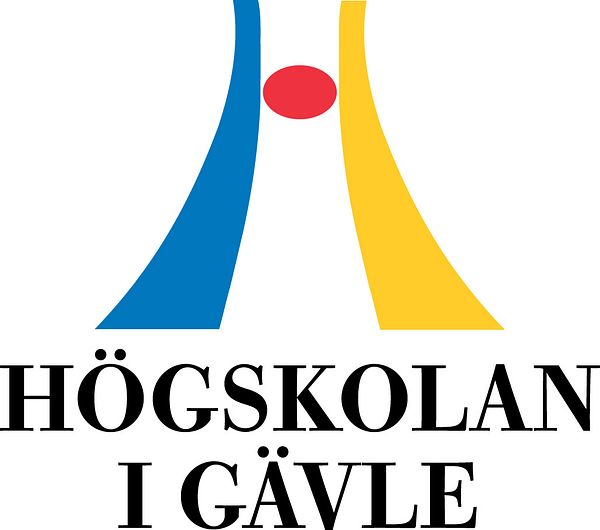Press release -
Cities in the future will be teeming with drones—urgent need of regulations
“Drones have become bigger, faster and more powerful, so it is high time for decision makers and researchers to make regulations for sustainable transports with drones,” says Aishwarya Raghunatha, doctoral student at University of Gävle.
Until recently, drones have been used for surveillance, photographing, and for entertainment. Since they have now been improved, they can be used to transport passengers and goods as well.

“We need to make these transports sustainable so that they can accelerate the climate transition, and we need to include social sustainability as well,” says Aishwarya Raghunatha, PhD student in the research school Future-Proof Cities.
Drones carrying 1000 kilo are being tested
Drones capable of carrying up to 1,000 kilos are now being tested for delivery of goods. They are continually improved, and some have a range of up to 250 km per charge. Probably, we will soon see drones flying into residential areas and over business premises.
“However, to become a viable option, drones need to be advanced enough to be integrated into society.”
Emergency drones within five years
Drones big enough to transport cars or people may seem too costly today. However, new technologies tend to become cheaper over time. Within just five years, ambulance and emergency response drones could therefore be a reality, if there is public investment, according to Aishwarya Raghunatha.
At the same time, there is widespread concern that drones may also be used by criminals and as a luxury mode of transport in the future.
“So, before we have them in the air, laws and guidelines need to be reviewed to protect people’s privacy and property, as well as natural ecosystems.
Cardiac defibrillator delivered to your door already today
Some advantages of using drones are that they could potentially reduce land use and provide societal benefits and also become a sustainable transport system. Such advantages motivate Aishwarya Raghunatha to focus on the drones.
“One of the main advantages of drones is that they can be used in all kinds of rescue operations: by police, by paramedics, and by fire fighters. Already today, drones can deliver defibrillators to your door.”
Fight the climate crisis in multiple ways
As drones only use airspace, they are faster and more flexible than conventional means of transport that rely on roads or water. Drones can also fight the climate crisis in many ways.
“We're still investigating different uses, but drones are clearly more beneficial to the environment, as drone-based delivery means that carbon emissions can be reduced.
However, the increasing use of drones may be a concern for power grids in the future.
“A balance needs to be struck where we can use drones and other modes of electric transport, but not exceed the limited resources we have,” Aishwarya Raghunatha says.
Research on future-proof cities
The research school Future-Proof Cities focuses on sustainable urban development. Their priority is medium-sized cities, and all activities rely on dialogues between academia, the business sector, and urban planning units. The research school has ten active doctoral students in several projects.
Text: Nathalie Davey och Douglas Öhrbom
Aishwarya Raghunatha, PhD student in the research school Future-Proof Cities at University of Gävle
Phone: 073-532 88 46
E-mail: A.Raghunatha@ibg-sweden.com
Topics
- Environment, Energy
Categories
- gävle university
- research
- sustainable cities
Education and Research at a Scenic Campus.
The University of Gävle has approximately 17 000 students, more than 50 study programmes and second-cycle programmes, about 1 000 courses in humanities, social and natural sciences and technology.
Research Profiles
Built Environment and Health-promoting Working Life are the general research profiles of the higher education institution. Important parts included are Spatial Planning with a specialisation in Sustainable Built Environment and Musculoskeletal Disorders with the purpose to prevent work-related injuries. In 2010, the higher education institution received permission to carry out third-cycle programmes in the profile area of Built Environment.
The higher education institution has applied for permission to carry out third-cycle programmes in technology, humanities and social sciences.
